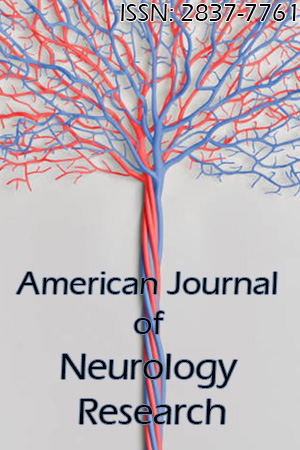Interest of Electroneuromyography in the Diagnosis of Peripheral Neuropathy in the Neurology Department of the Ignace Deen National Hospital
Mohamed Lamine Touré, Sakadi foksouna, Souleymane Mbara Diallo, Souleymane Djigué Barry, Kaba Condé, Mohamed Salifou Camara, Mamady Konaté, Mohamed Traoré, Fodé Abass Cissé, Amara Cissé
Background: Peripheral nerve involvement during disease states is extremely common and remains a major cause of disability. The aim of our study was to determine the role of electroneuromyography (ENMG) in the diagnosis of peripheral neuropathy. A
Methods: We conducted a descriptive cross-sectional study over a period of three (3) months at the neurosensory functional exploration unit of the neurology department of the Ignace Deen national hospital.
Results: ENMG was performed in 104 patients; 62 men (60%) and 42 women (40%), i.e. a sex ratio of 1.5. The mean age was 50 ± 16 years. ENMG results were pathological in the majority of our patients (93.3%). Axonal damage was the most common type of neuropathy (85.6%). Truncal involvement was found in 88.7% of patients. The external popliteal sciatic nerve (EPS) and internal popliteal sciatic nerve (IPS) were the most affected, with 76.3% and 47.4% respectively. The most common diagnosis was multiple mononeuropathy (47.4%), followed by polyneuropathy (32%).
Conclusion: A long-term study of other aspects of electroneuromyography would allow better exploration of the different types of peripheral neuropathy.
View pdf
